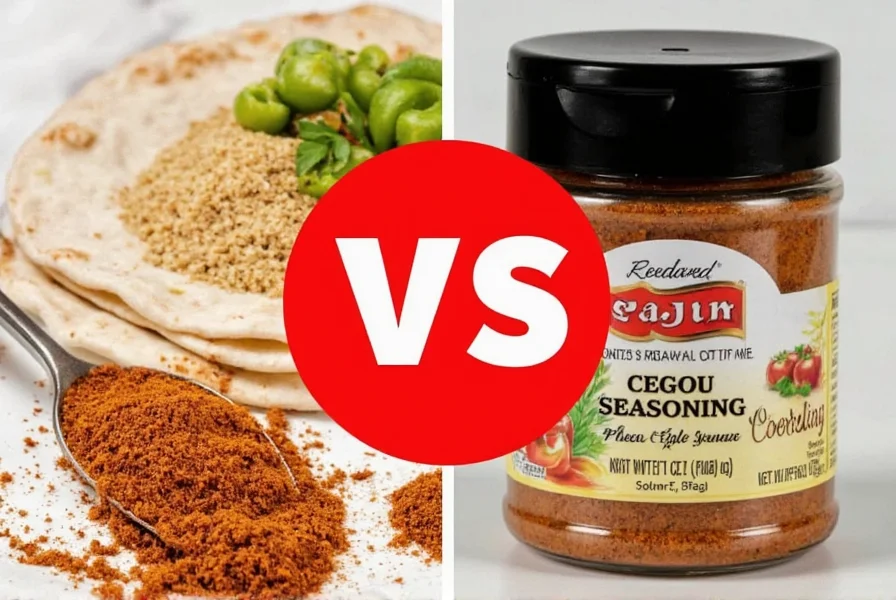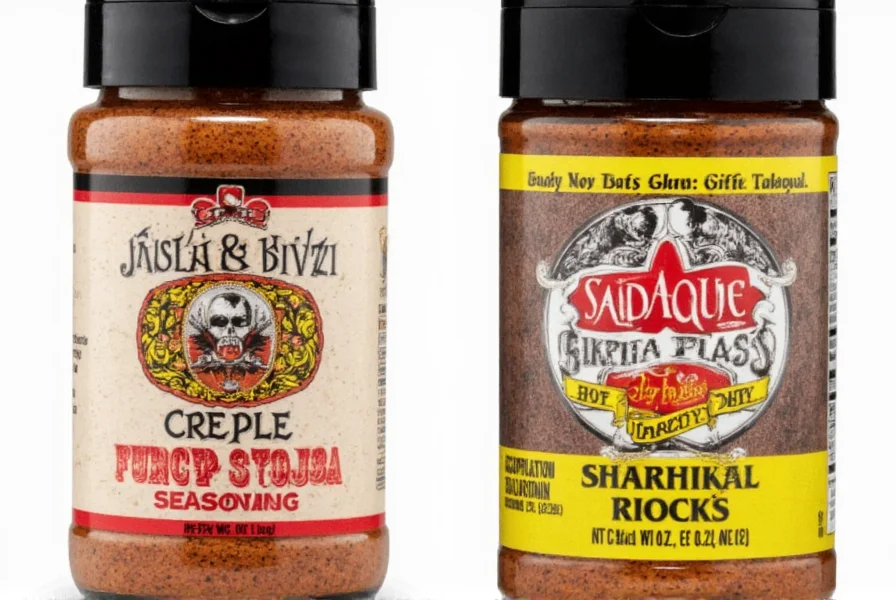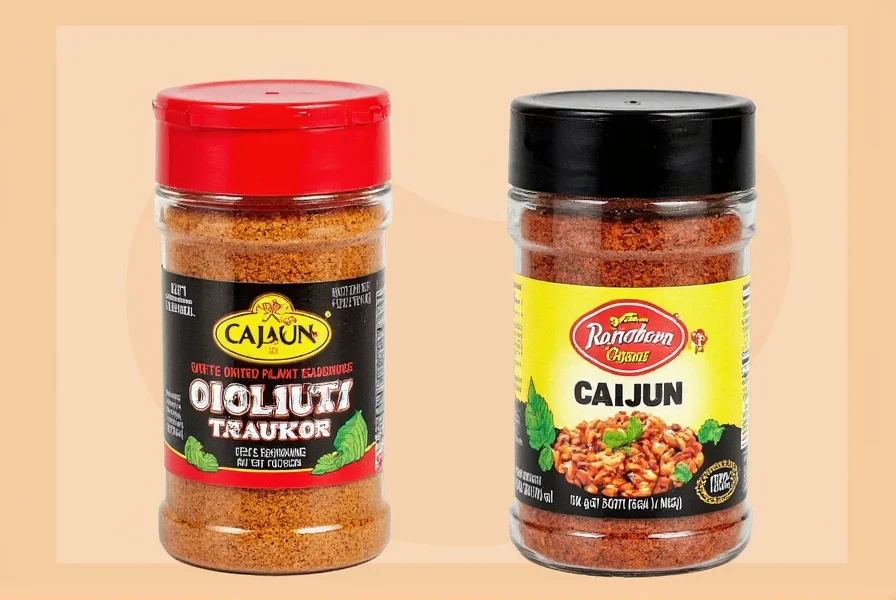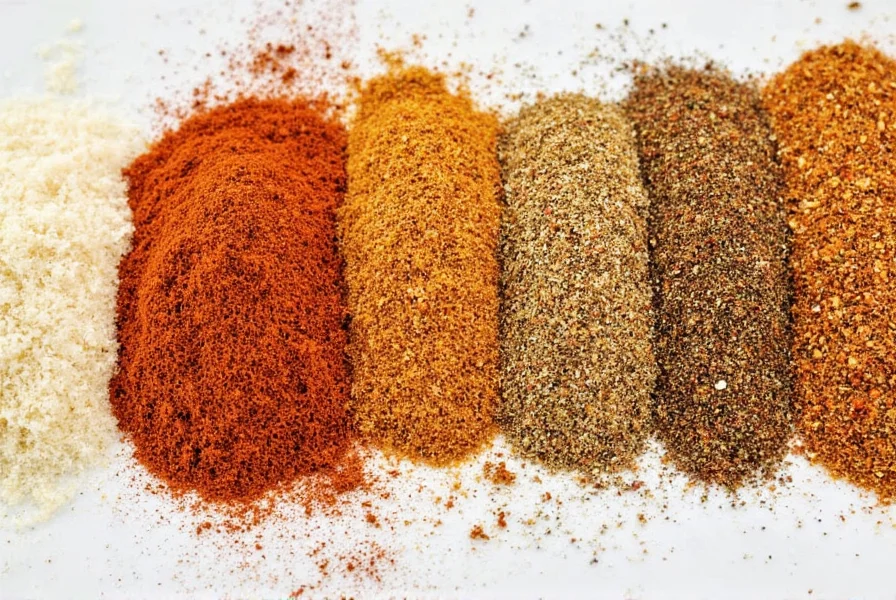Cajun vs Creole Seasoning: Which One Brings the Heat to Your Kitchen?
If you've ever wandered into a Southern spice aisle, you've probably seen two labels side by side and scratched your head wondering: What's the difference between Cajun seasoning and Creole seasoning? You're not alone. Both hail from Louisiana and share some ingredients, but they’re far from identical twins.

Table of Contents
- A Tale of Two Seasonings
- Flavor Profiles: Fire vs Flavor
- How to Use Each Seasoning Like a Pro
- Cajun or Creole? A Handy Comparison Table
- Buying Guide: How to Choose the Best Spice Blend
- Conclusion: Pick Your Poison (Or Powder)
A Tale of Two Seasonings
Despite both originating from Louisiana, Cajun and Creole seasonings have different cultural roots. Cajun seasoning traces its lineage to French-speaking Acadians who settled in rural Louisiana. It’s bold, spicy, and built for hearty meals like gumbo, jambalaya, and grilled meats.
Creole seasoning, on the other hand, has a more urban background—New Orleans specifically—and incorporates a wider range of herbs and spices, including those brought by Caribbean and Spanish influences. It leans less on heat and more on aromatic complexity.

Flavor Profiles: Fire vs Flavor
The main difference comes down to this: Cajun = heat, Creole = flavor. Let’s break it down further:
Cajun Seasoning Flavor Profile
- High heat content (thanks to cayenne pepper)
- Bold and earthy (onions, garlic, paprika)
- Limited herb content
Creole Seasoning Flavor Profile
- Moderate heat (if any at all)
- Herb-forward (oregano, thyme, basil)
- More balanced and complex flavors

How to Use Each Seasoning Like a Pro
Understanding how to use these seasonings can elevate your cooking game. Here are some practical tips to make the most of each blend:
Cajun Seasoning Uses
- Rub for grilled or smoked meats (especially chicken, shrimp, and sausage)
- Add depth to gumbos and stews
- Season boiled seafood boils
- Spice up deviled eggs or roasted vegetables
Creole Seasoning Uses
- Pasta sauces and tomato-based dishes
- Grilled fish and shellfish
- Jambalaya and rice dishes
- Dips, dressings, and compound butters
Cajun or Creole? A Handy Comparison Table
| Feature | Cajun Seasoning | Creole Seasoning |
|---|---|---|
| Heat Level | High | Low to Medium |
| Main Spices | Cayenne, Garlic, Onion, Paprika | Oregano, Thyme, Basil, Bell Pepper |
| Use Case | Meat, Seafood, Gumbo | Sauces, Vegetables, Rice Dishes |
| Regional Influence | Rural Louisiana | New Orleans, Urban Mix |
| Flavor Focus | Earthy, Spicy | Herby, Balanced |
Buying Guide: How to Choose the Best Spice Blend
When shopping for Cajun or Creole seasoning, here are some things to keep in mind depending on your needs:
For Maximum Heat – Try:
- McCormick Cajun Seasoning: Classic blend with noticeable cayenne kick.
- Tony Chachere's Original Extra Spicy: If you want real Louisiana fire, this is your go-to.
For Versatile Home Cooking – Try:
- Old Bay Creole Seasoning: Great for seafood boils and creamy sauces.
- Zatarain’s Creole Seasoning: Well-balanced and perfect for everyday meals.
For Authentic Flavor – Try:
- Cajun Chef Brand: Locally made in Louisiana with traditional recipes.
- Leidenheimer’s Creole Blend: New Orleans-made, rich in herbal notes.
Things to Watch For:
- Check salt content if you’re watching sodium intake.
- Avoid blends with unnecessary fillers like anti-caking agents unless shelf life is a priority.
- Look for products that list whole spices as primary ingredients.
Conclusion: Pick Your Poison (Or Powder)
Whether you choose Cajun or Creole seasoning depends entirely on what kind of dish you're making—and what kind of flavor journey you want to take.
- Go Cajun when you want bold, smoky, and fiery flavors that slap your taste buds awake.
- Reach for Creole when you want a layered, aromatic blend that enhances without overpowering.
Either way, both seasonings bring a taste of Louisiana straight to your table. So don’t be afraid to experiment and find out which one makes your next meal unforgettable!











 浙公网安备
33010002000092号
浙公网安备
33010002000092号 浙B2-20120091-4
浙B2-20120091-4